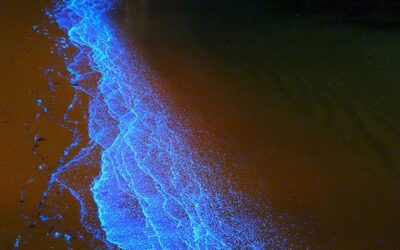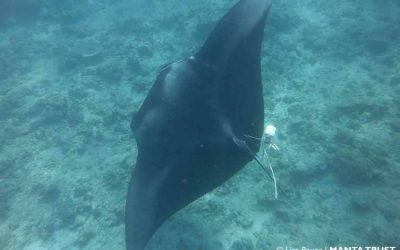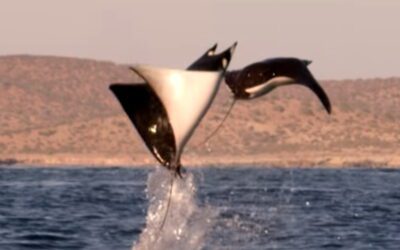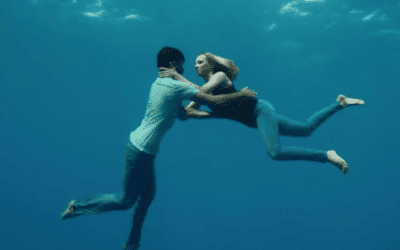Hanifaru - UNESCO Reserve in the Maldives
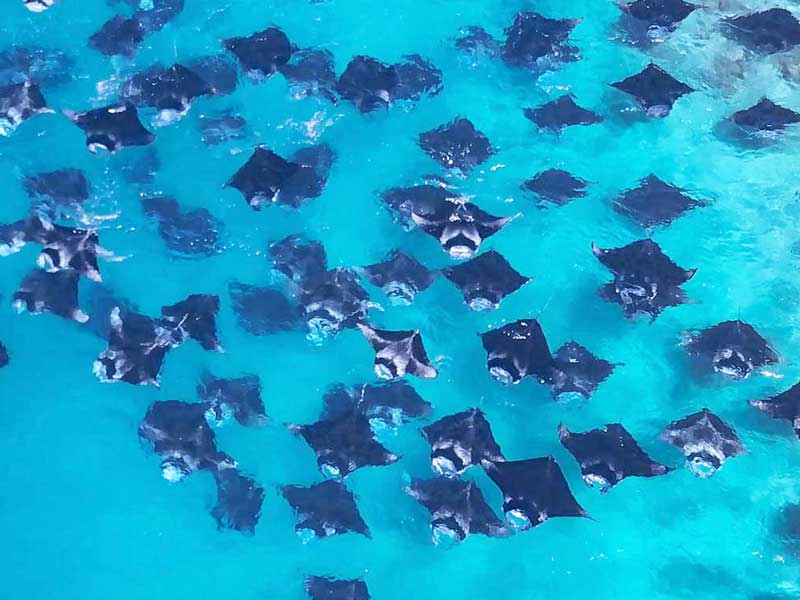
Hanifaru, UNESCO reserve in the Maldives
Hanifaru Bay, located in the Baa Atoll in the Maldives, is an annual gathering place for manta rays and whale sharks.
The nutrient-rich waters attract these majestic creatures to feed, offering snorkelers an unforgettable experience.
The bay is famous for its marine biodiversity and the special conditions it offers for concentrating plankton.
Because of this richness, Hanifaru Bay was designated a UNESCO Biosphere Reserve in 2011.
The nutrient-rich waters attract these majestic creatures to feed, offering snorkelers an unforgettable experience.
The bay is famous for its marine biodiversity and the special conditions it offers for concentrating plankton.
Because of this richness, Hanifaru Bay was designated a UNESCO Biosphere Reserve in 2011.

What's happening in Hanifaru Bay?
Hanifaru's channel and bay are positioned in such a way that from mid-May to December, a unique phenomenon occurs when the tidal current and the prevailing monsoon current clash. This creates a counter-current at the mouth of the channel, bringing back into the bay the plankton-rich water brought into the atoll by the tide.
All the water flowing out of the bay is collected again by the incoming tide, and a cycle begins, acting like a funnel by filling Hanifaru Bay with plankton.
All the water flowing out of the bay is collected again by the incoming tide, and a cycle begins, acting like a funnel by filling Hanifaru Bay with plankton.

The zone in which this concentration of plankton occurs is no more than 200 meters long and 150 meters wide, with a depth of between 7 and 20 meters.
As the volume of water in the zone is limited, the concentration of plankton is very high, attracting a large number of planktivorous animals such as manta rays and whale sharks.
As the volume of water in the zone is limited, the concentration of plankton is very high, attracting a large number of planktivorous animals such as manta rays and whale sharks.
Food frenzy
Usually, manta rays feed in a calm and regular manner, swimming close to the surface to suck up plankton.
Because of the limited space and large numbers of manta rays in Hanifaru Bay, the natural rhythm is transformed into a feeding frenzy.
The manta rays move in a circle, one after the other, as if in a disorganized merry-go-round, passing over and over again with their mouths wide open to ingest as much plankton as possible.
It's truly a sight to behold while snorkeling!
Because of the limited space and large numbers of manta rays in Hanifaru Bay, the natural rhythm is transformed into a feeding frenzy.
The manta rays move in a circle, one after the other, as if in a disorganized merry-go-round, passing over and over again with their mouths wide open to ingest as much plankton as possible.
It's truly a sight to behold while snorkeling!

Snorkeling in Hanifaru Bay
To protect the bay's fragile environment and maintain its ecological balance, strict rules have been put in place to regulate visitor activities.
Snorkeling is the only activity permitted in the bay, and scuba diving is prohibited.
Snorkelers must be accompanied by specialized local guides.
Snorkeling is the only activity permitted in the bay, and scuba diving is prohibited.
Snorkelers must be accompanied by specialized local guides.

Hanifaru offers unique opportunities for snorkeling and studying the manta rays and whale sharks that frequent the bay.
It also allows us to study the impact of tourism in the bay and the interactions between these animals and humans.
It also allows us to study the impact of tourism in the bay and the interactions between these animals and humans.
More articles
Incredible bioluminescent waves
Bioluminescent waves are a natural phenomenon. They have been observed on the island of Mudhdhoo in Baa atoll.
A manta saved
Lisa saves a manta in North Male Atoll during a dive at Rasfari...
Flights of mobula rays
Want to stand out from the crowd and attract the partner of your dreams?
Do as the mobula rays do!
Guillaume Néry Runnin' (Lose It All)
Congratulations to Guillaume Néry for his performance in the new video by Naughty Boy , Beyoncé and Arrow Benjamin.
